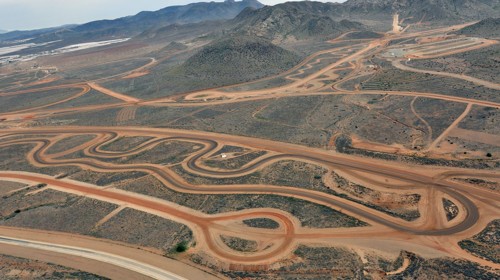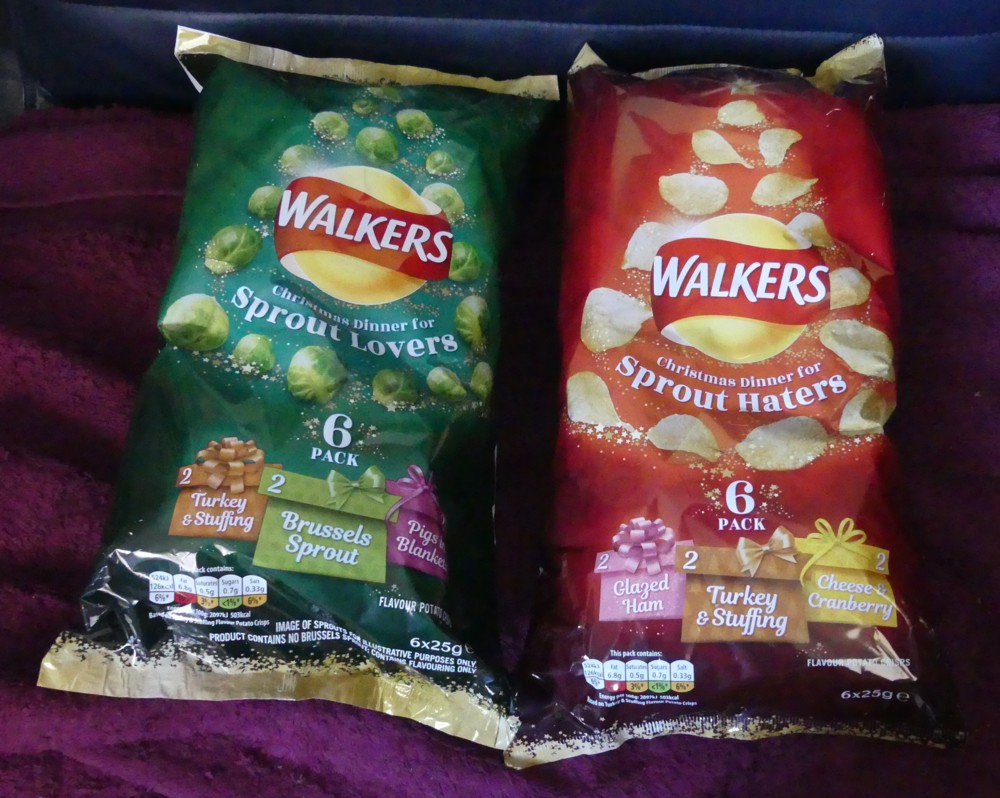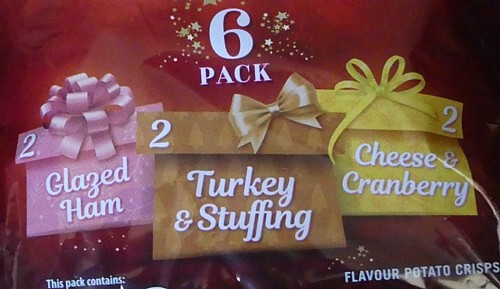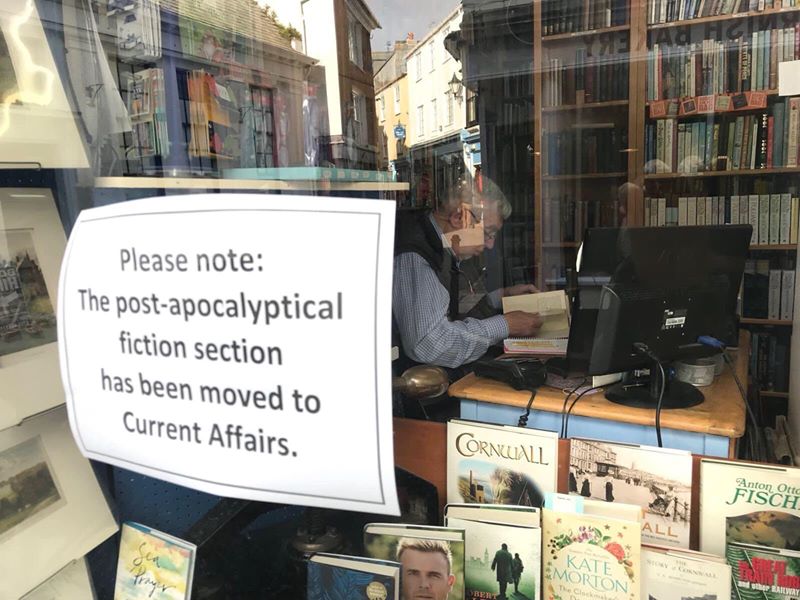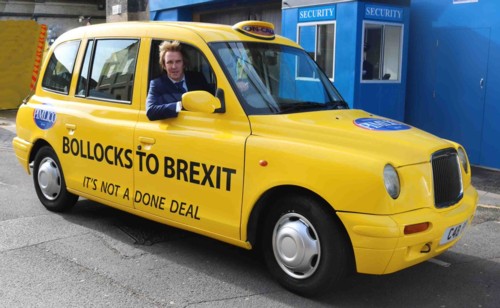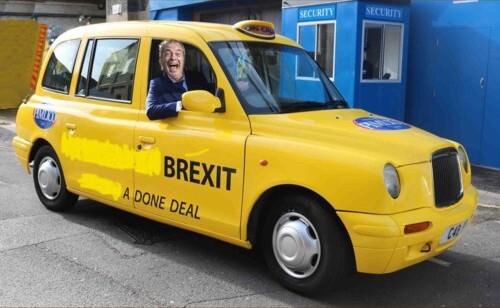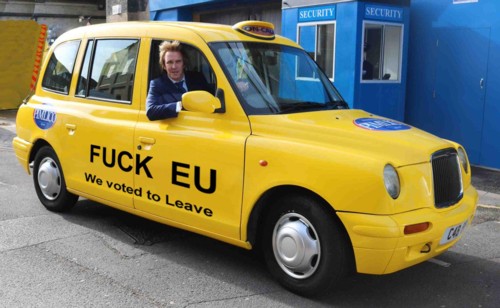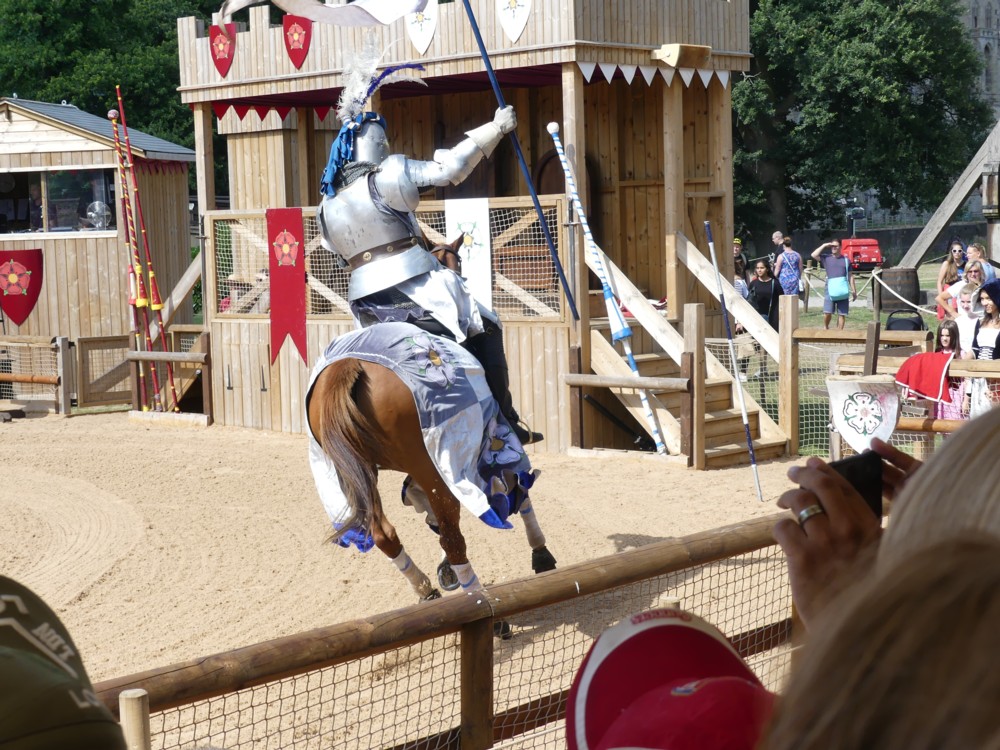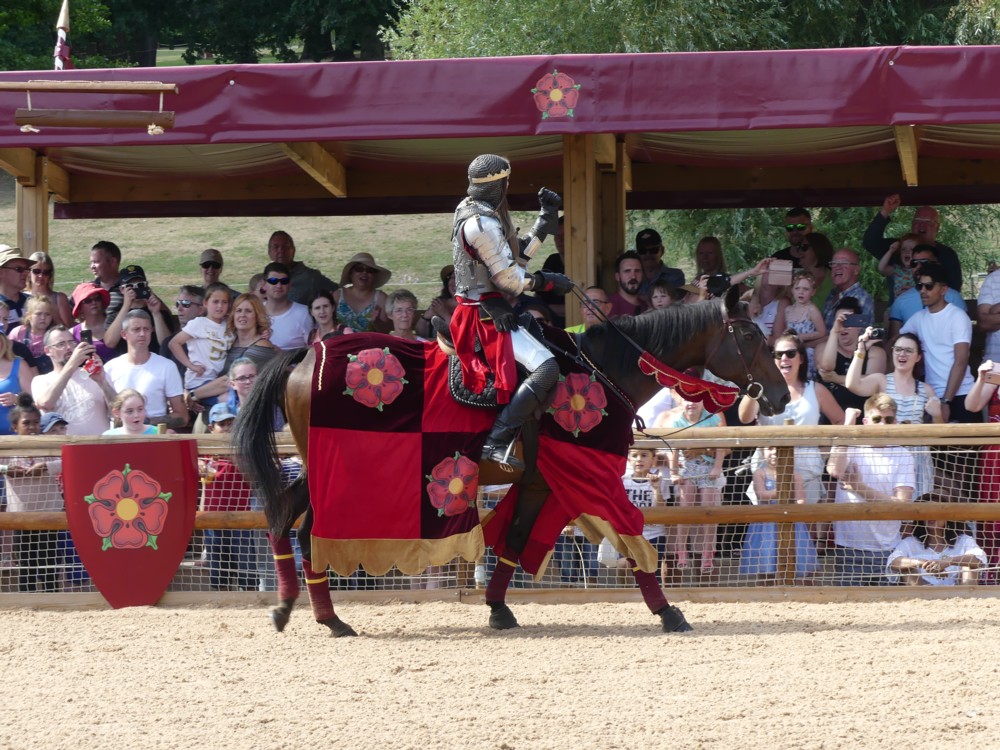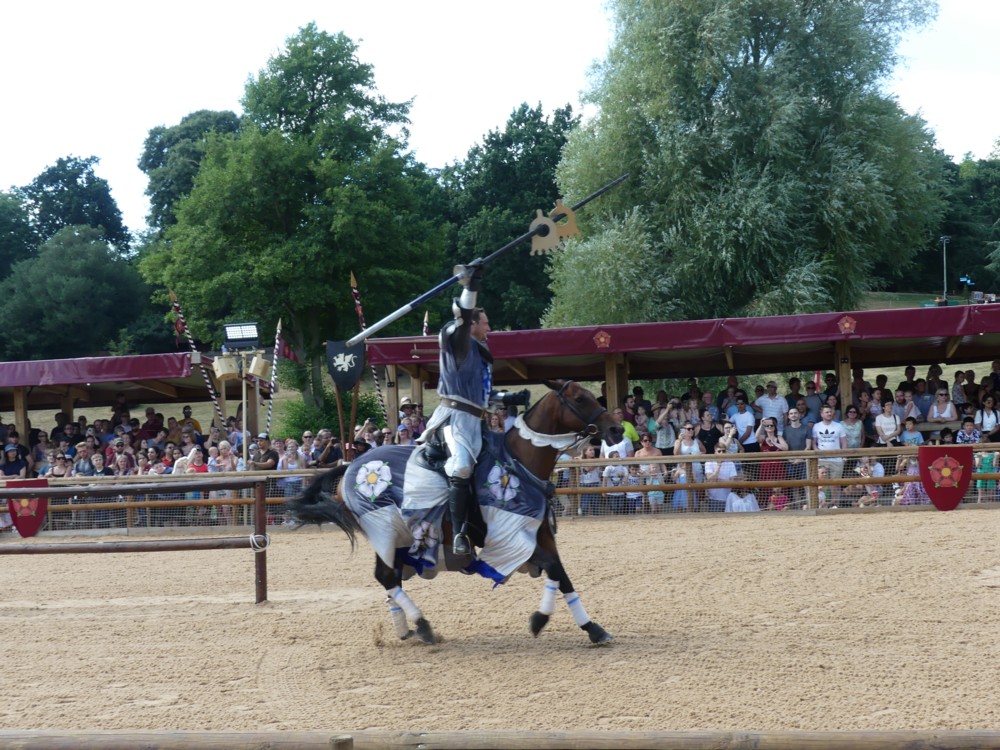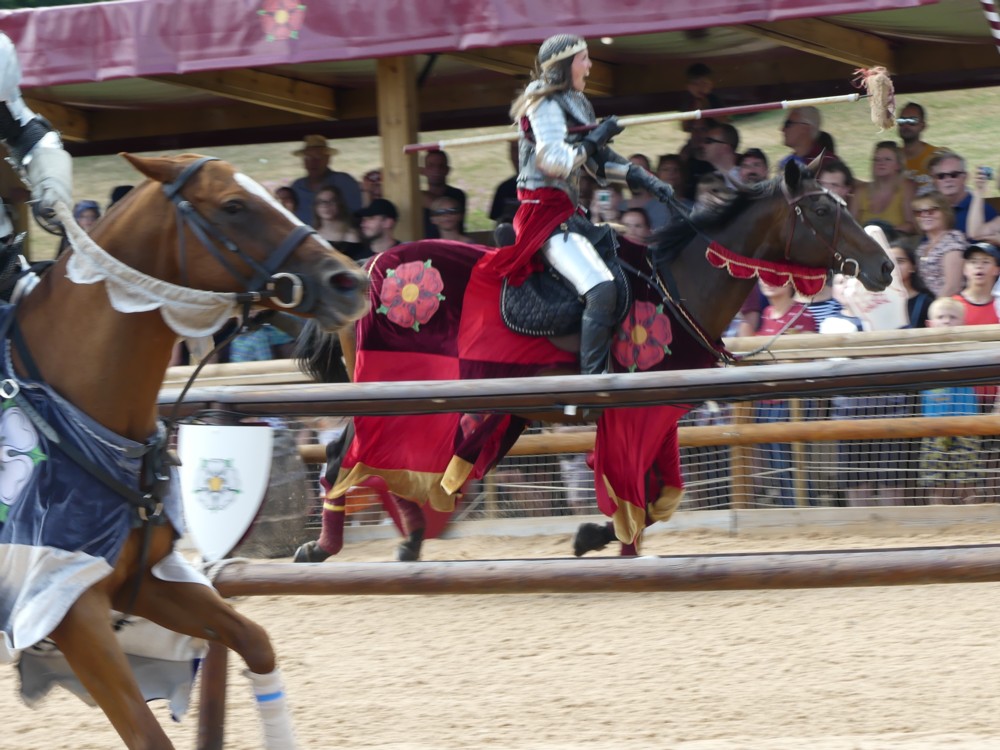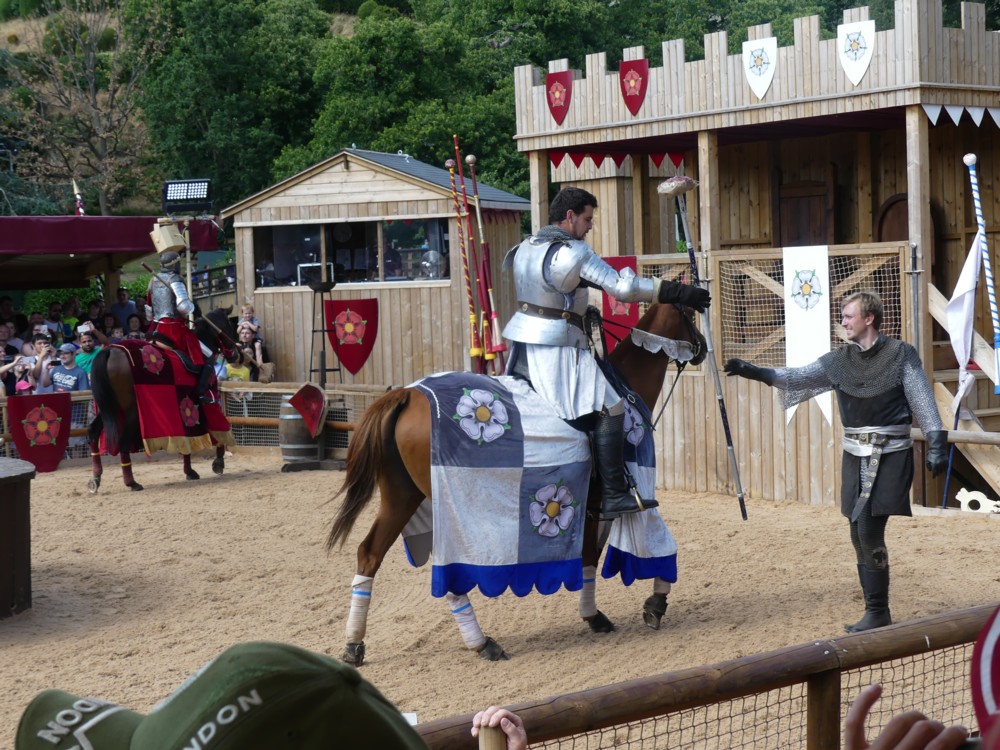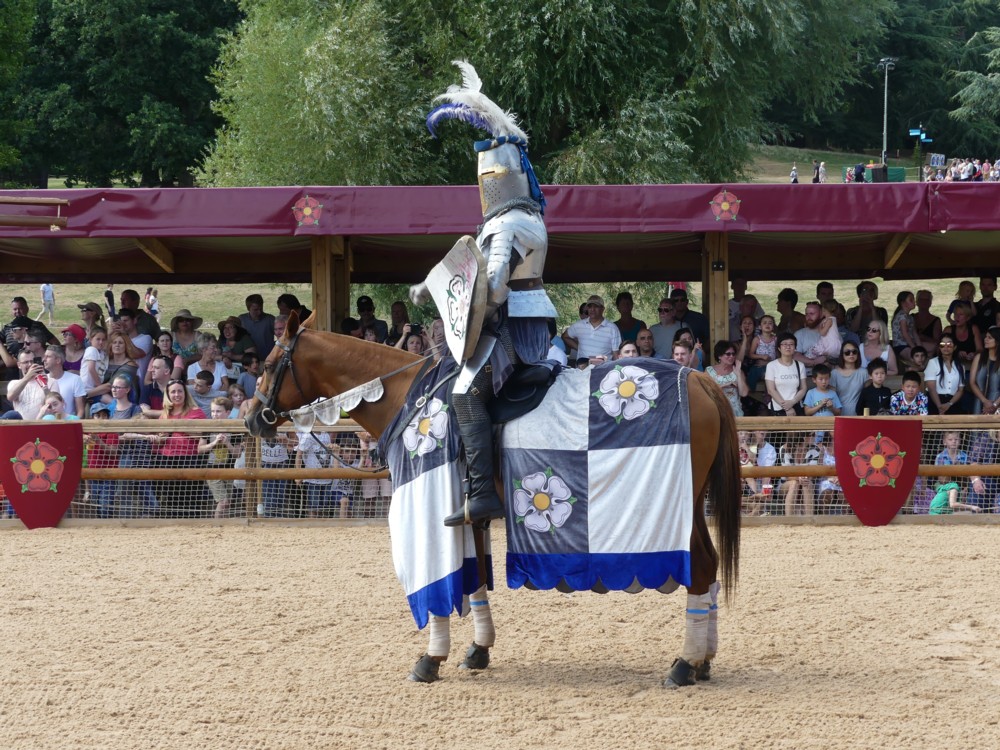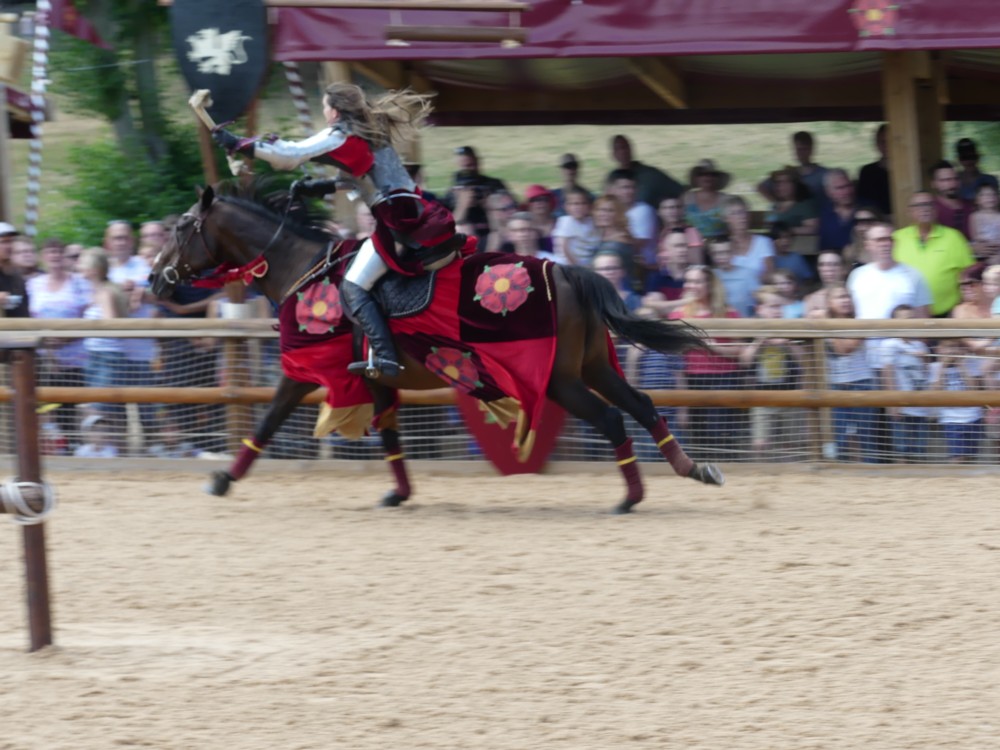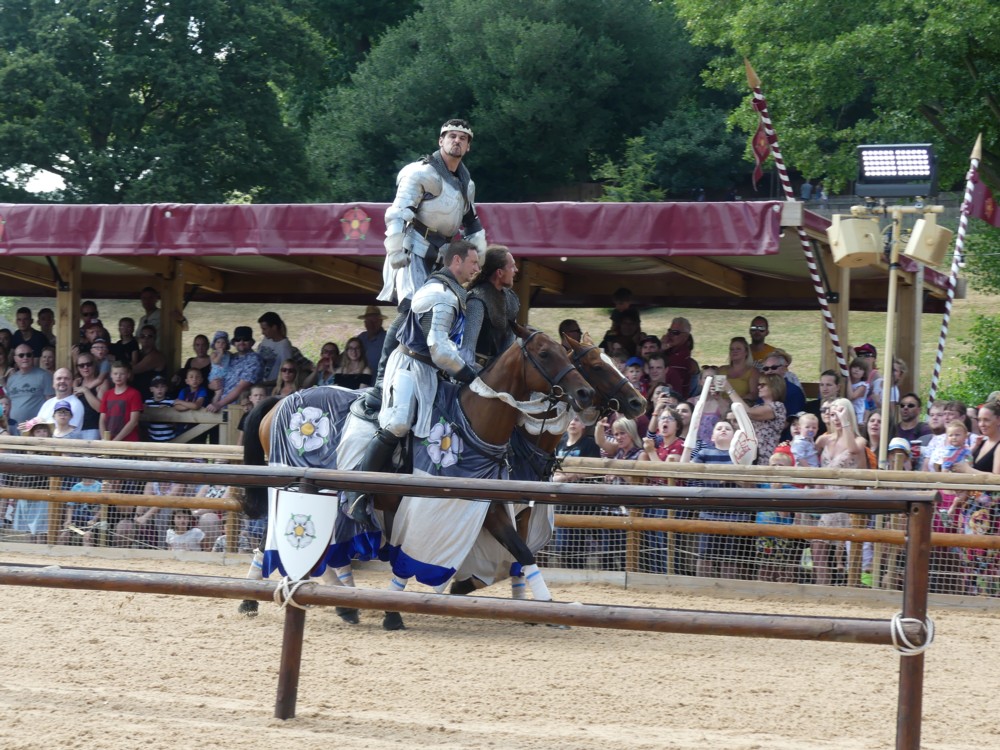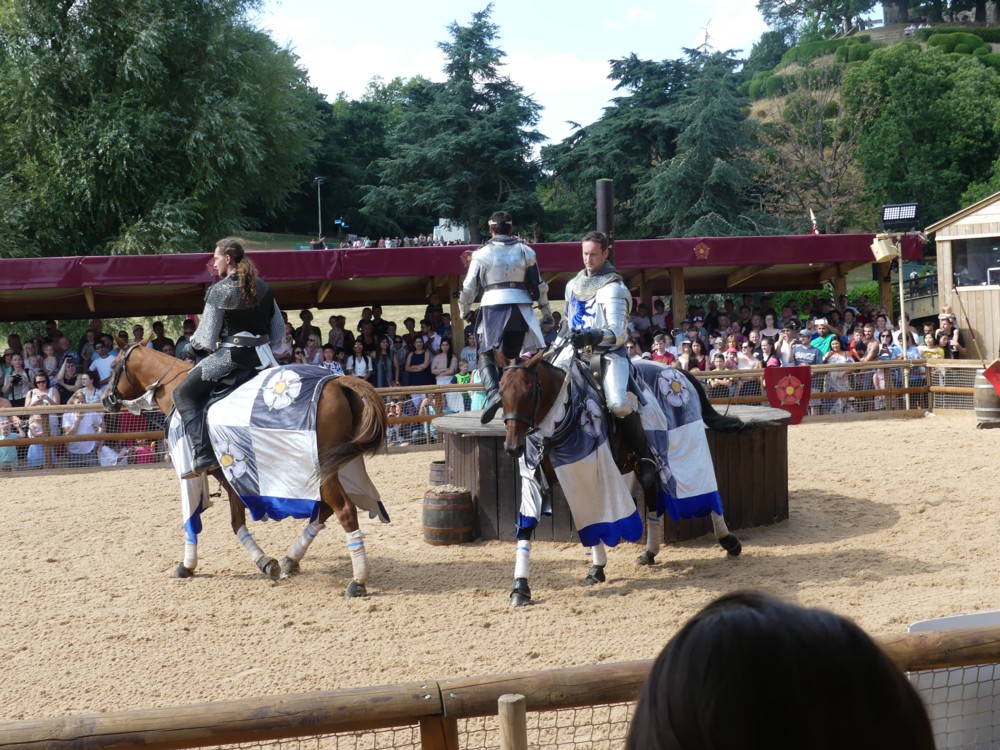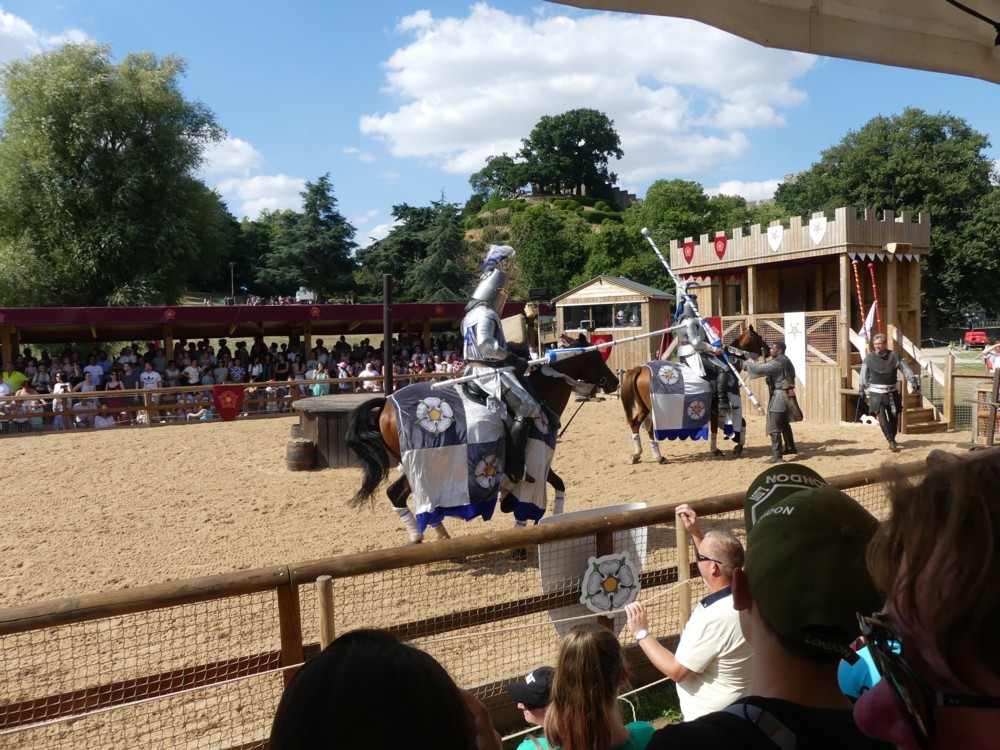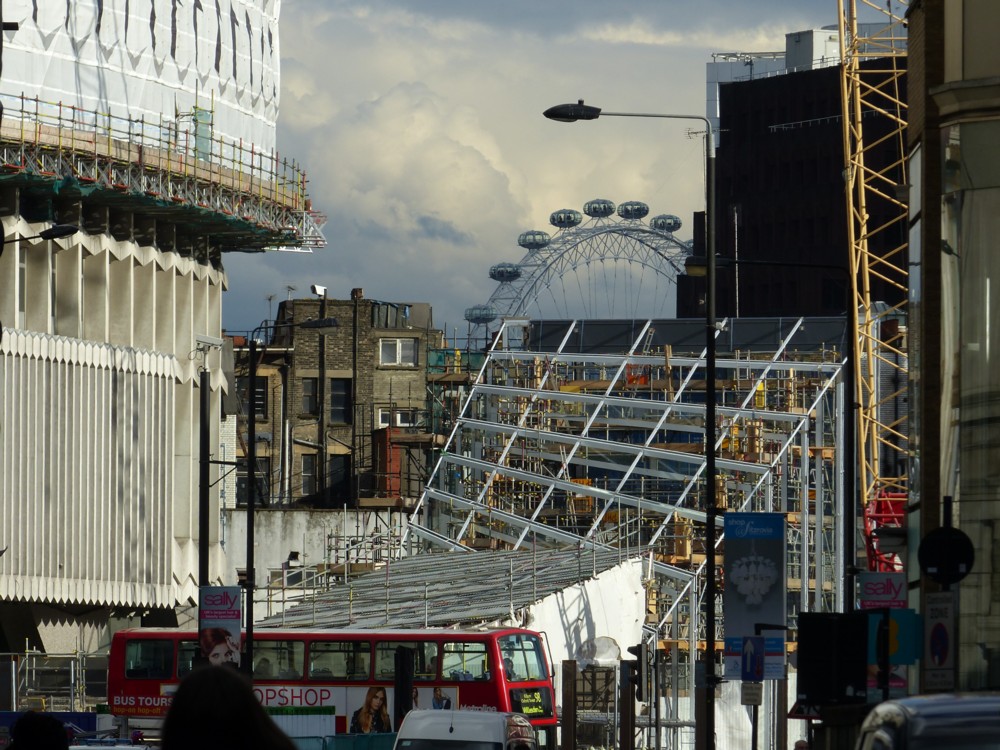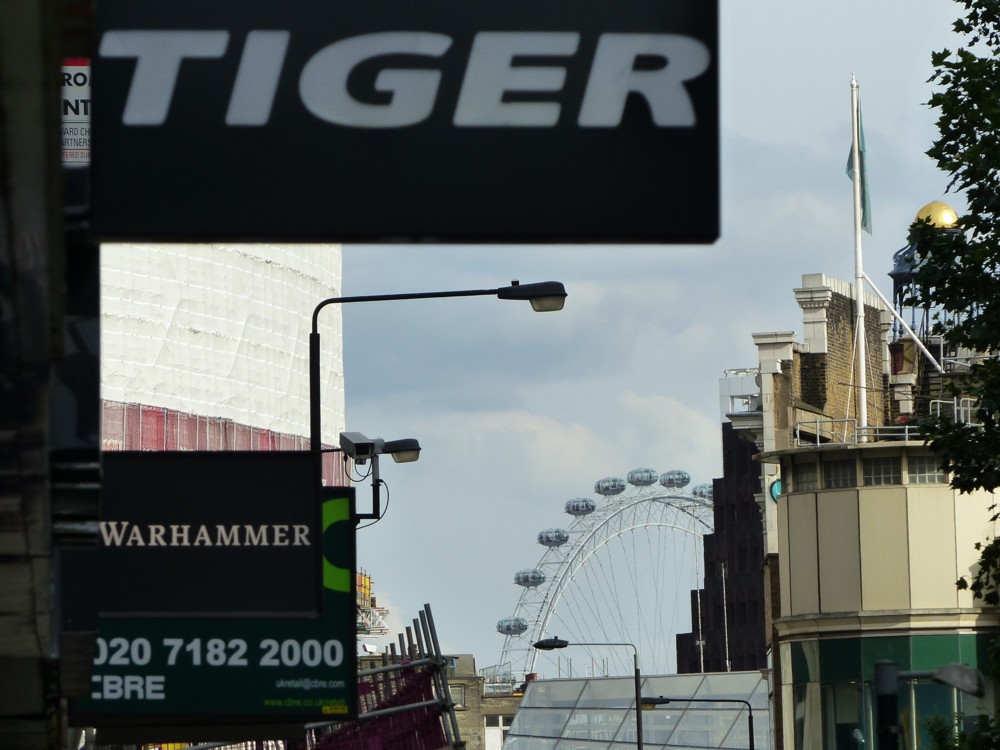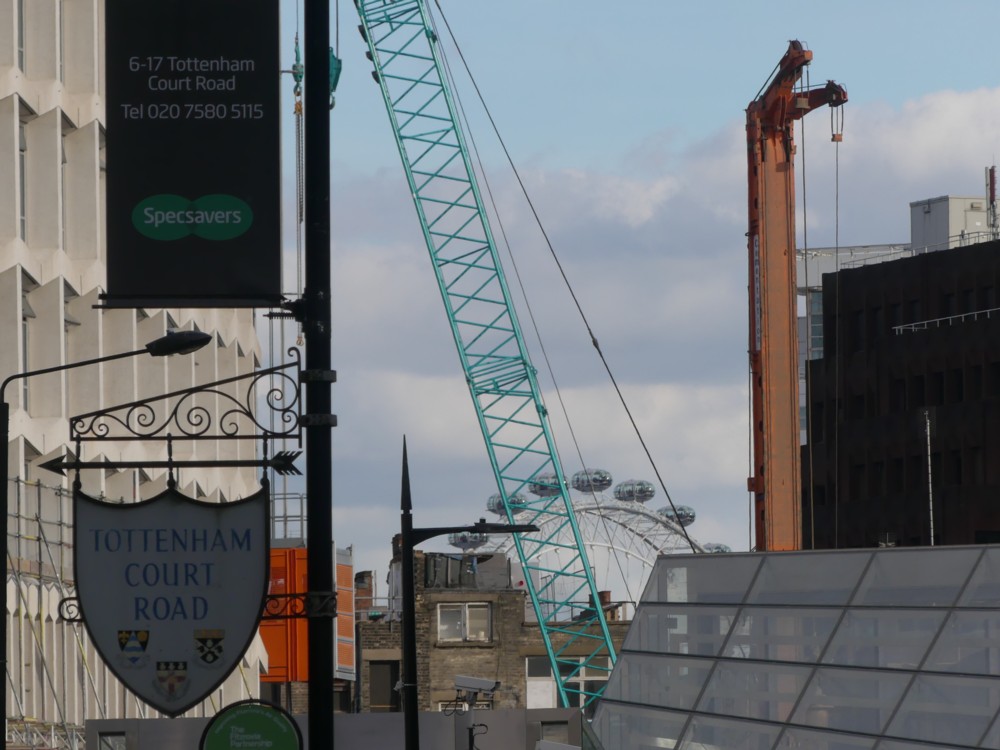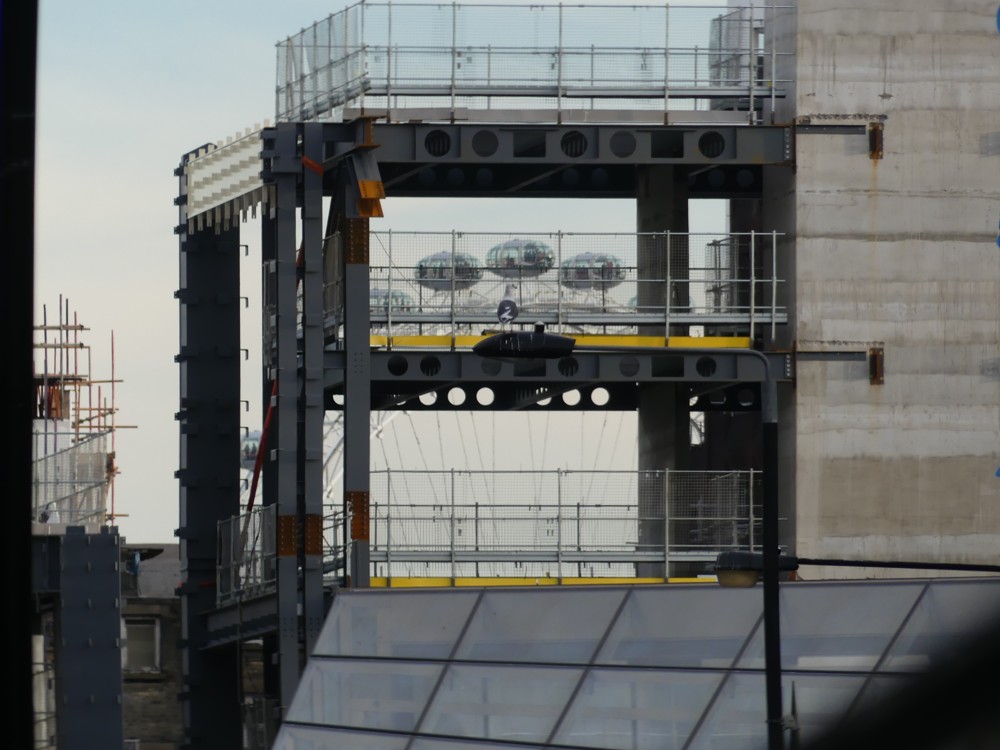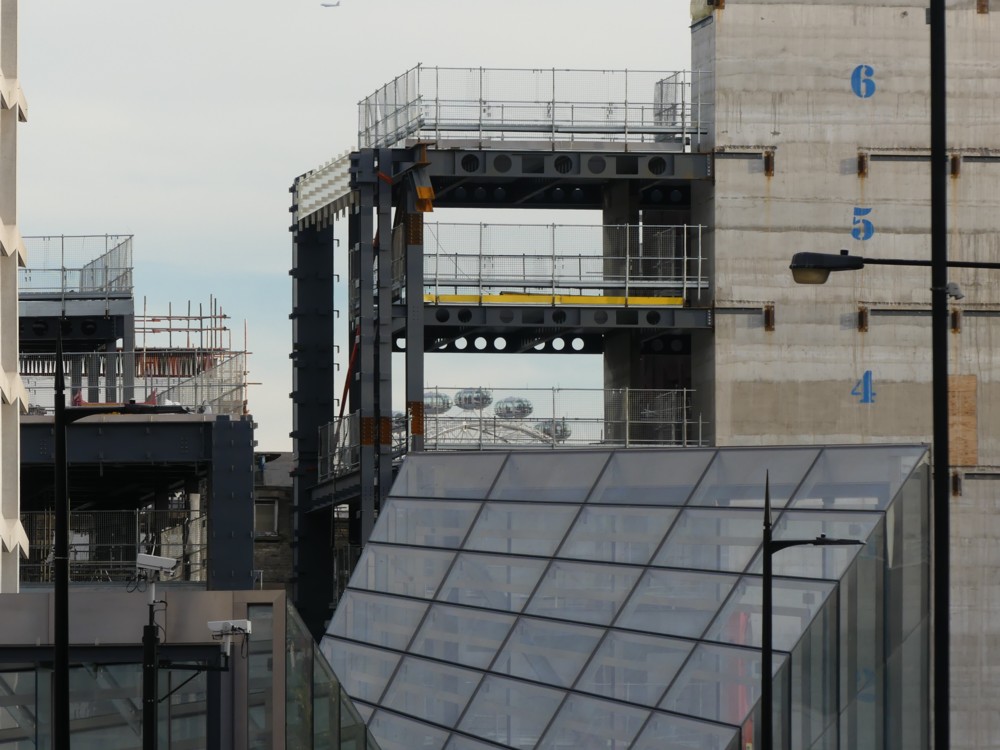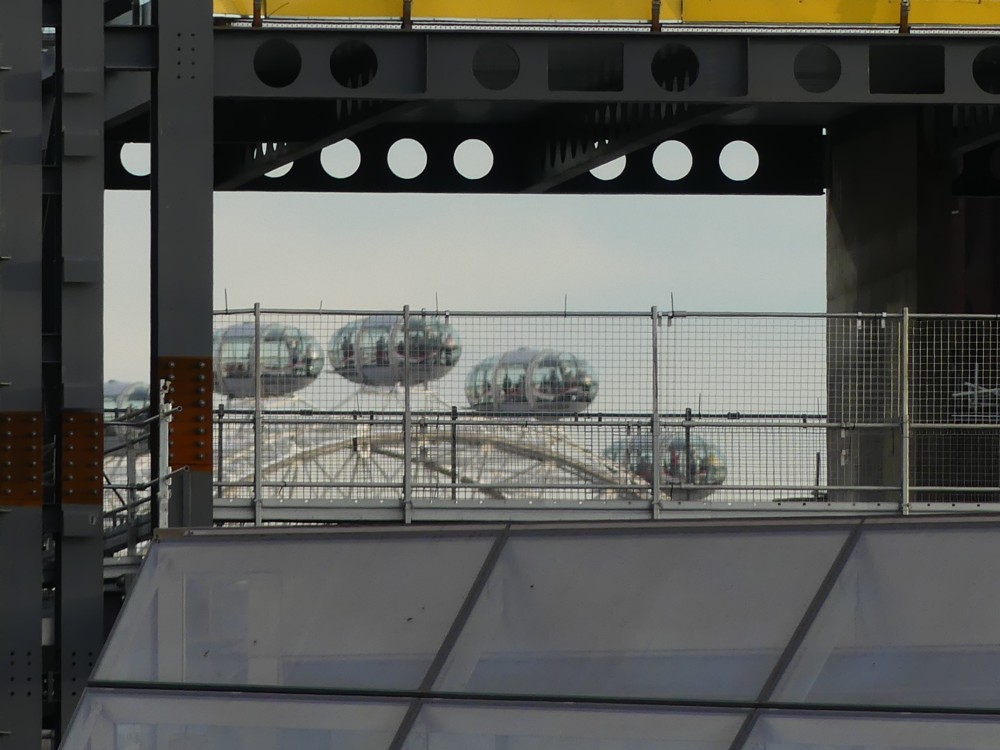During our recent chat about transport (already mentioned her), Patrick and I talked about robot cars. I expressed particular skepticism about their supposedly forthcoming arrival en masse on the roads of our cities. We mentioned, in contrast to the idea of robot cars immediately conquering our cities, the fact that robot vehicles are already in successful operation in certain niche situations. We were able to think of two such. They already use giant robot lorries in the mining industry. And, Amazon already has robots wizzing about in its warehouses. Both environments have in common that they are wholly owned by the operator of the robots, so if the humans in the place need to learn the habits of these robots and to give them whatever assistance and whatever slack the robots need, then such humans can simply be commanded to do this. Unlike in big cities.
More recently, I met up again (LINK TO THE OLD BLOG) (as in: more recently than that meeting), with Bruce the Real Photographer, and mentioned that Patrick and I had been doing recorded chats, mentioning in particular our robotic ruminations. And Bruce then told me about another niche use that robot vehicles have apparently been occupying for quite some time time now. It seems that in Spain, a country that Bruce knows very well, the tyre company Michelin has a big testing track, and on this track, robot vehicles drive around and around, testing Michelin tyres.
You can see how this would make sense. The robots can travel at exactly the desired speed, along a precisely preordained route, and thereby, say, subject two only slightly different sets of tyres to the exact same “driving experience”, if you get my drift. Getting humans to perform such perfect comparisons would be very difficult, but this is exactly the kind of task, and in general the kind of operation, where robot vehicles would be ideal. And, reports Bruce The Real Photographer, they are ideal.
Me having just written all that, I wonder if Google has anything to say about this Michelin testing operation. Not a lot, it would seem. They are far keener to sell their tyres than to tell us the details of how they test them, which makes sense. But, this bit of video seems like it could be relevant. And this …:
… would appear to be the particular place that Bruce mentioned, because he recently tried – I don’t recall him saying why – but failed to get in there and see it. To take Real Photographs perhaps?
And here is another bit of video about how Bridgestone is using robot vehicles to check out tyre noise.
So, testing vehicle components. An ideal job for robot vehicles. Robots are very precise. They don’t get tired. And you can use a special track where all the humans involved are on their best behaviour.

